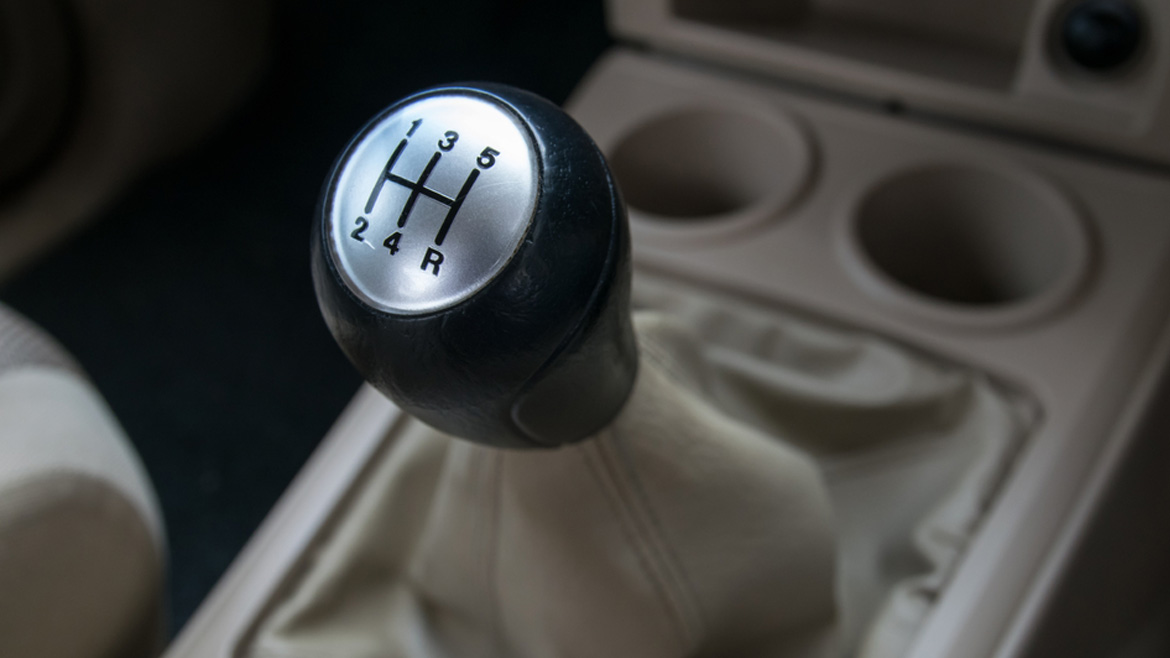How Do Manual Transmissions Work?
A manual transmission (MT) is a type of vehicle transmission that requires the driver to manually change gear ratios by operating a gear shifter and clutch pedal.

Developed alongside the automobile itself, MTs have long been favored for their control and efficiency in commercial and personal transportation. This preference persists today, with manual transmissions remaining popular among driving enthusiasts and certain markets worldwide.
Automatic vs. Manual Transmissions: See how an Automatic Transmission Differs
How Do Manual Transmissions Work?
While MTs vary in design and configuration, they generally consist of the same components that enable gear shifting and power transmission.
Key Components of Manual Transmissions
Let's outline the critical components of MTs before delving into their functionality:
- Gear Shifter: This device, located within the vehicle cabin and connected to the transmission through mechanical linkages, allows drivers to manually select different gear ratios by moving the shift lever into the desired position.
- Clutch: The clutch is a friction device that connects or disconnects the engine from the transmission, allowing smooth gear changes via the gear shifter. Drivers control the clutch using a pedal (also located within the cabin), typically positioned to the left of the brake pedal.
- Gear Sets: MTs contain sets of gears, typically arranged on parallel shafts, providing different gear ratios for varied driving conditions.
- Synchronizers: Synchronizers are friction devices within the transmission that match the input speed to the selected gear speed. They ensure smooth gear engagement by allowing the cone of a gear to contact its collar before any gear teeth mesh.
How a Manual Transmission Operates
In operation, a driver selects gear ratios based on factors such as speed and load by manually moving the gear shifter lever to desired positions. This process involves engaging different sets of gears that provide different gear ratios for various driving conditions.
However, before selecting, the driver must first depress their clutch pedal to temporarily disengage the engine's power from the transmission. This disengagement allows the driver to shift gears smoothly without causing damage to transmission components.
With the pedal depressed, the transmission’s synchronizers come into play. As explained above, these components match the speed of the rotating gears during gear shifts, ensuring seamless engagement and preventing grinding or clashing of gears.
Once synced, the driver can smoothly shift gears by moving the gear shifter lever to the desired position. And, after selecting the appropriate gear ratio, the driver releases the clutch pedal, re-engaging the engine with the transmission and transmitting power to the wheels.
This process enables the vehicle to accelerate or decelerate effectively while maintaining control over the gear selection.
Advantages, Challenges, and Lubrication Needs
Manual transmissions offer several advantages, including greater control over gear selection and improved fuel efficiency in certain driving conditions. However, they require skillful coordination between the driver's actions and can be less convenient in heavy traffic or for inexperienced drivers.
Proper lubrication is essential for maintaining a healthy manual transmission system. Manual transmission fluids must meet specific performance requirements to ensure smooth gear shifts, reduce wear on components, and protect against corrosion and oxidation.